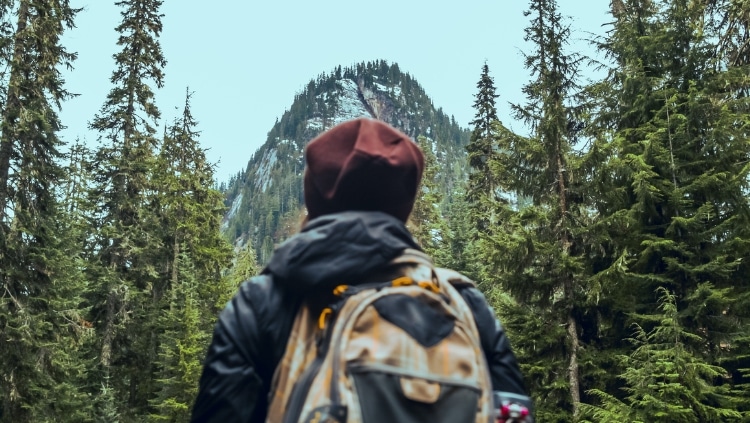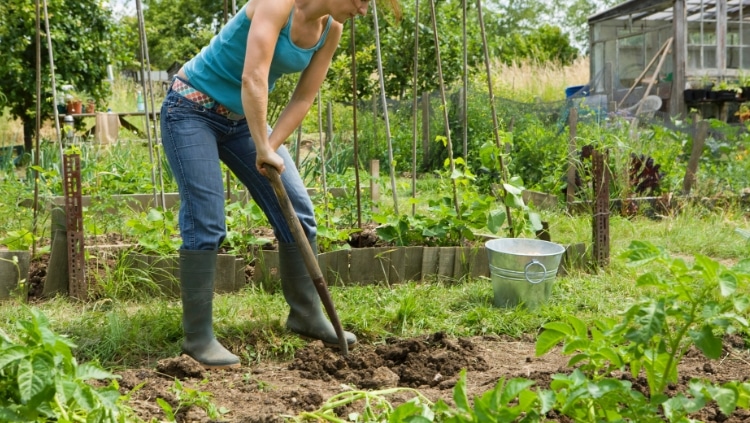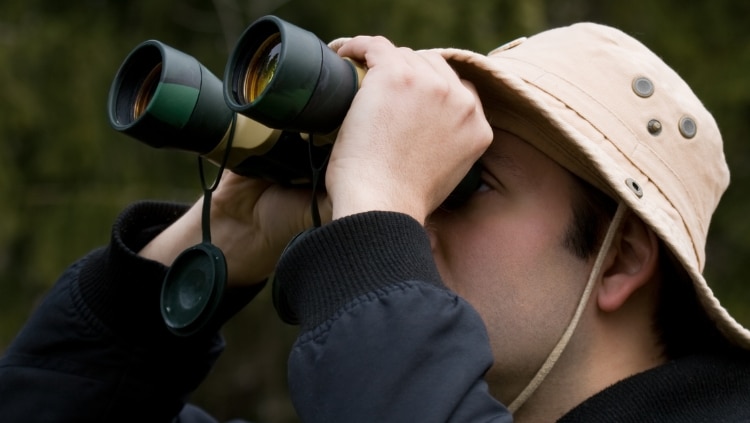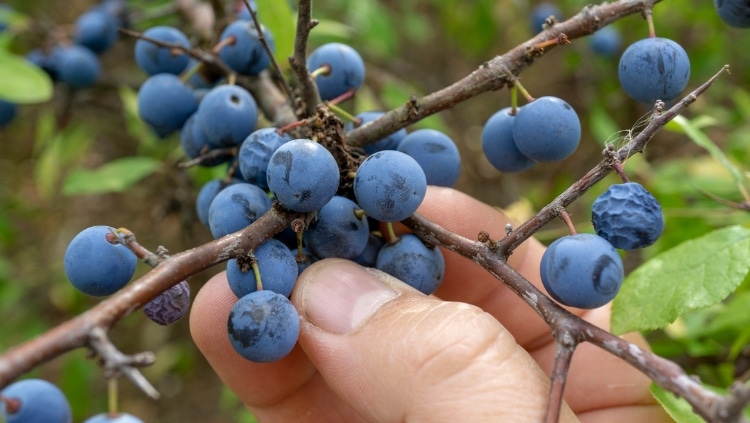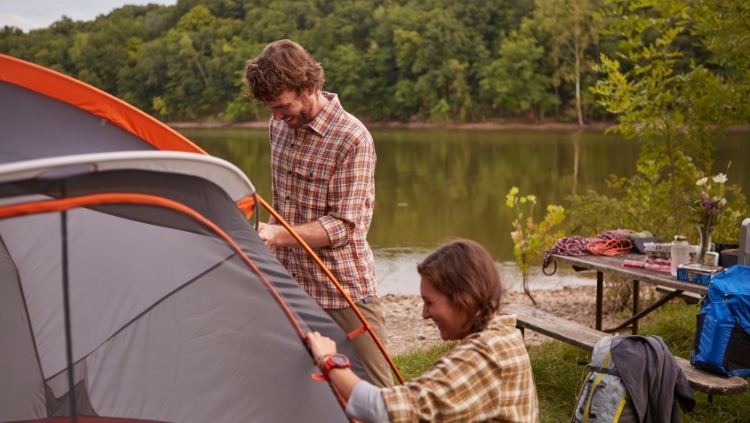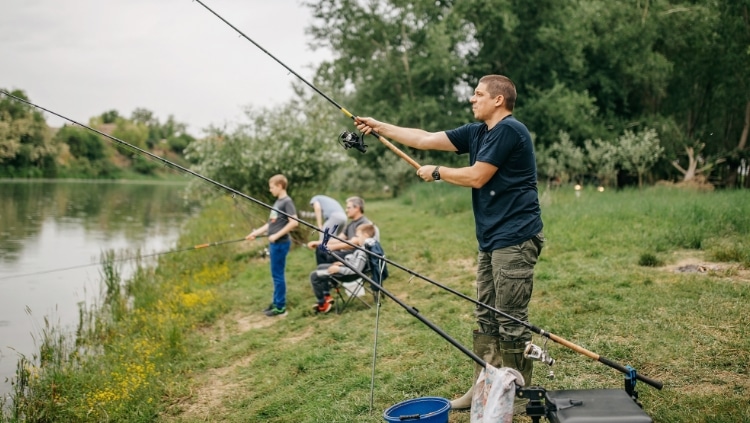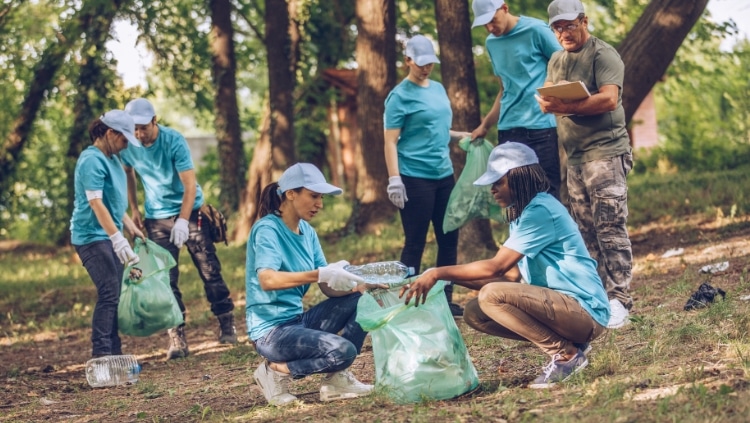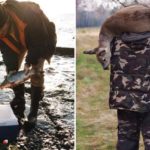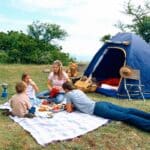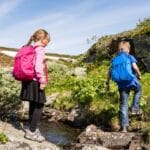The natural world is a beautiful place to engage with and explore. Getting out in nature is good for you for quite a few reasons.
- Fresh air and sunlight promote an overall sense of well-being.
- Getting away from the hustle and bustle of modern society provides mental health benefits, lowers stress, and can combat anxiety and depression.
- It’s educational. There is plenty to learn about and from the natural world, whether that’s a new skill or scientific knowledge.
- You’ll find a strong sense of community – I’ve met all my closest friends through outdoor activities.
Getting outdoors may seem a bit daunting. I was intimidated when I was first starting, too. However, nature is accessible to everyone no matter where you are! There are plenty of easy and fun ways to incorporate nature into your life at any experience level.
Gardening or Landscaping
You can bring nature to your home by taking up gardening or landscaping. Caring for plants is a mindful and rewarding routine. You’ll also benefit the ecosystem.
- Look into planting native species in your yard. Landscaping with these species creates a positive ripple effect in the ecosystem, as they support pollinators, wildlife, and other plants. They will also be hardier, resisting disease and requiring fewer resources to grow.
- Starting a garden can provide food for you and your family, whether this is greens, vegetables, or herbs. Research what grows best in your climate and when to plant each seed. Some plants are easier than others to grow successfully, but with a bit of time and dedication, anybody can have their fresh produce.
- Don’t have space for a garden outside? I always keep house plants when I’m living in an apartment. There are plenty of low-maintenance beginner plants. I’ve even grown an entire herb garden inside! You can purchase complete indoor growing kits.
Birdwatching
Birdwatching is something enjoyable you can add to your daily routine. It allows you to tune into nature anywhere you go. Birds remind us that nature and wildlife still exist around us, even in the city’s densest areas. They can teach us to slow down and appreciate small things in life.
Here are a few easy steps to get started birdwatching.
- Pick up some binoculars. You don’t have to have anything expensive or complicated. When I first got into birdwatching, I used a pair of binoculars found at a yard sale for a few dollars.
- Get an identification guide. I recommend the Sibley guides, as they’re easy to use and informative. Most will be organized by color and type, making them user-friendly.
- Go on a walk! Explore trails, parks, rivers, or marinas; these are all birding hotspots.
- Setting up a bird feeder can attract a diverse range of birds to your home.
Identifying Wild Plants
Seeking out wildflowers is one of my favorite ways to ring in the springtime. Learning to identify wild plants is not only fun, but it’s also a pretty practical skill to have. You may be surprised to know there are many useful plants growing wild where you live – some are even edible.
- The easiest way to learn plant identification is by using a field guide. Field guides can be broad or focus on a specific type of plant.
- See a plant on a hike that you don’t recognize? Take a picture of it and look it up when you get home. Next time you see it, you’ll know what it is!
- Go on a naturalist walk. These programs may be put together by parks or environmental organizations. A naturalist guide will point out plants on an easy hike and answer any questions you might have about what grows in your area.
Hiking and Camping
There are a lot of health benefits from hiking and camping. Getting out into the woods has always been my meditation. It allows me to work out my thoughts in a calm setting. It’s great for just being present.
Hiking and camping also promote physical health. I love a good hike to get in my exercise and build strength and endurance.
Here’s how to get started.
- Outdoor websites, forums, or guidebooks will all be able to direct you where to go. Some hiking websites will list trails by difficulty or mileage so you can find something to fit your skills.
- Even if you are in the city, most urban areas will have some green space! Look up your local parks and see what your city has to offer. Nature might be easier to access than you think.
- You don’t need elaborate or expensive gear to start. You can pick up affordable camping equipment in any store with an outdoors section. If you’re open to buying used to stay sustainable and low-cost, check online marketplaces or second-hand stores.
Fishing or Hunting
Both hunting and fishing will afford you a greater respect for the natural world. This is an ancestral activity that will get you closer to both your roots and the earth. It’s something that has been passed down for generations.
Fishing or hunting might seem a bit more complicated to get into than some other hobbies on this list. Here are some pointers to help you get started.
Getting Started Fishing
It’s actually relatively simple to get started fishing.
- You need a few pieces of equipment to get started: a rod, a reel, a fishing line, and lures. These are all easily purchased in many places.
- Make sure you have a fishing license. This is your annual permit to fish in public waterways. It can be purchased at outdoor retailers or possibly through your city itself.
- Get out there! Fishing is good for you. It is a peaceful and meditative hobby that can even burn a few calories. Plus, fish is a food that is nutritional and high in protein.
Getting Started Hunting
You will learn a lot about conservation through hunting. Hunters adhere to a set of responsibilities and ethics for the sake of wildlife, the forest, and hunter safety.
- Read up and follow the laws in your state. This includes getting a license and following age requirements if you’re bringing the kiddos along.
- Make sure you’re educated on what wildlife you can hunt in your chosen location. Deer are the most popular animal to hunt in the United States. Fowl, rabbits, and squirrels are some other frequently hunted species.
- Start getting your equipment. What you need may vary depending on whether you want to use a firearm or a bow, the range at which you’ll be from your target and the type of wildlife you’re hunting.
- It’s easiest to start out using a rifle. Hunting bows are also quite popular but require a close range to the target and a different skill set.
Community Conservation Projects
Our wild spaces need advocates and people looking out for them. See how you can get involved in your community by caring for your local environment.
- Pick up garbage and join in on cleanups. Your community may have clean up days where groups of people will get together to clear trash from trails, parks, or roads.
- Environmental non-profits near you may have restoration projects you can volunteer for. Restoring habitat is labor intensive, and each pair of hands (or gardening gloves!) helps out. I’ve pulled invasive plants, cleaned up rivers, and planted trees in my area.
- Public land requires maintenance to keep its trails accessible and open. Help keep your favorite trails in good shape by joining a trail crew.

